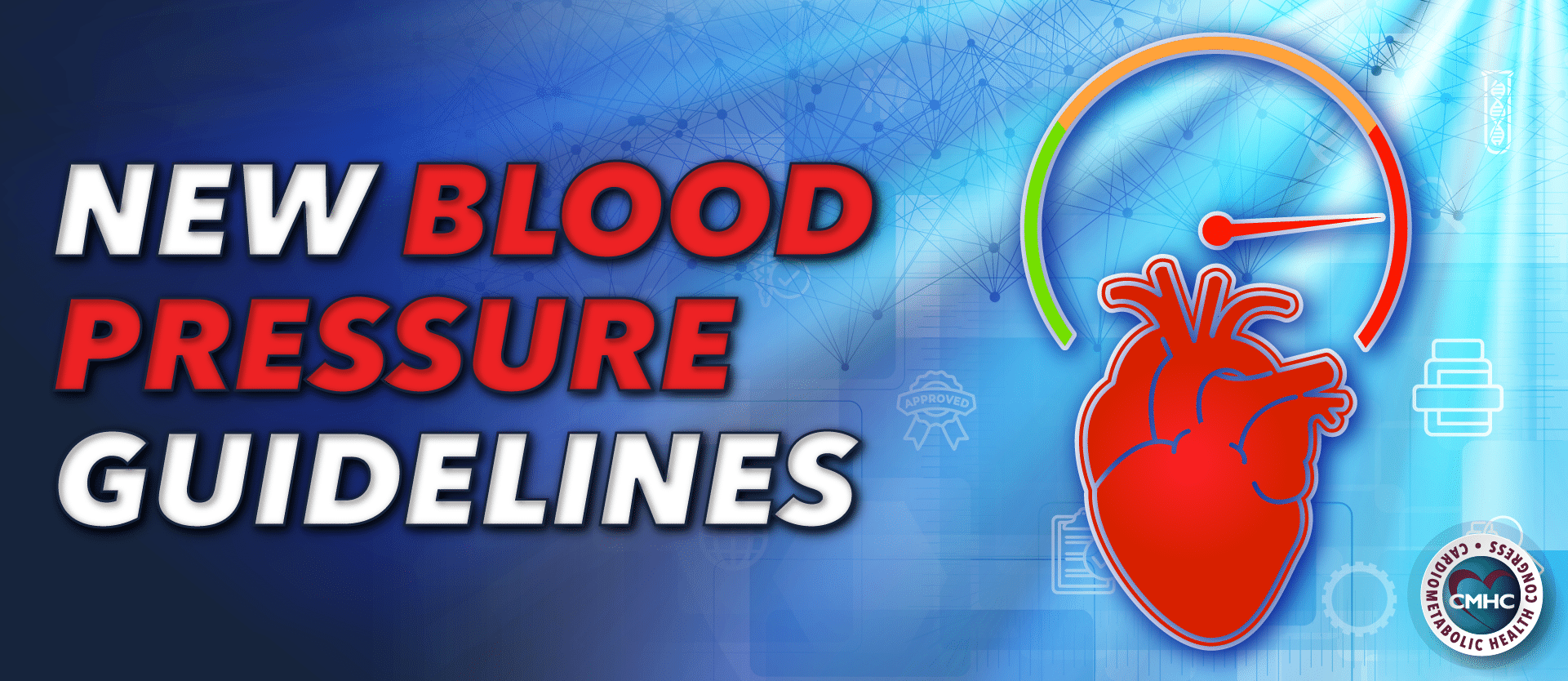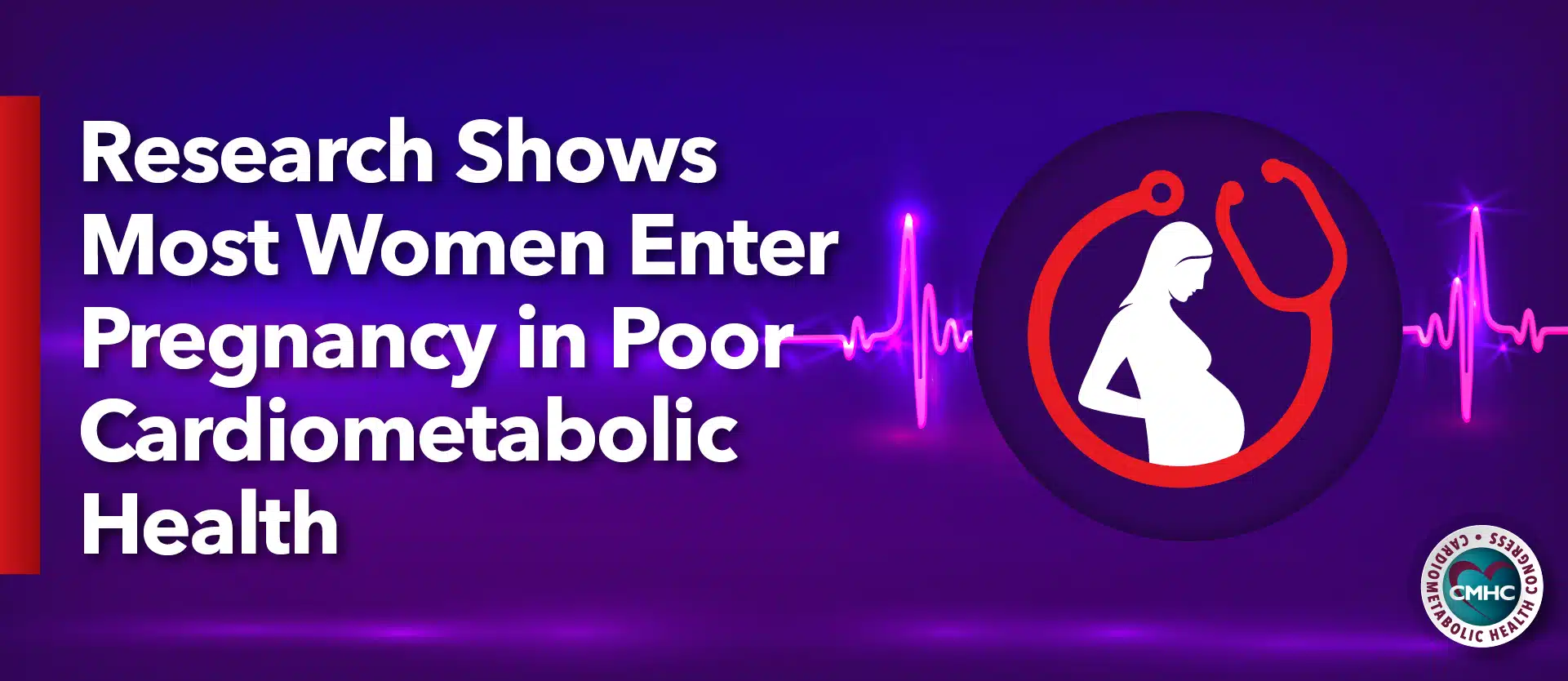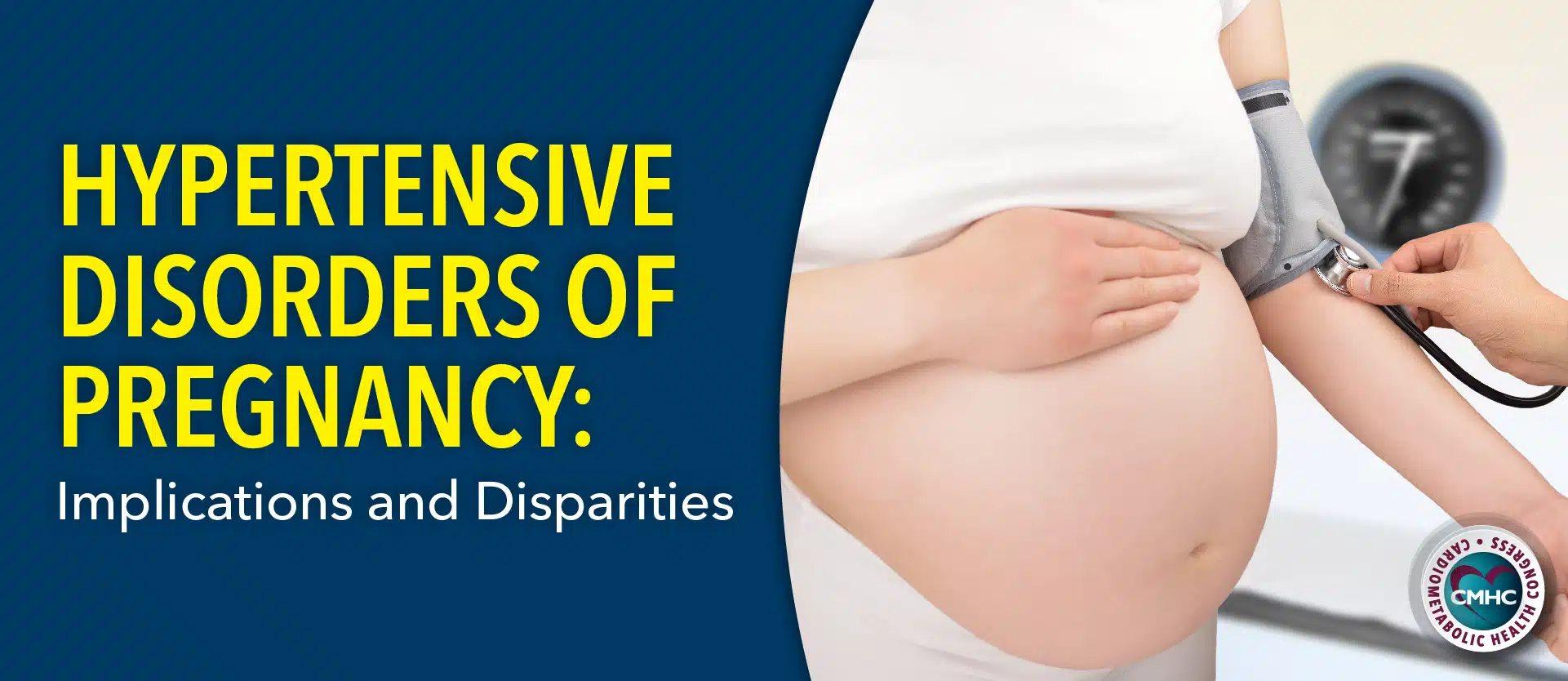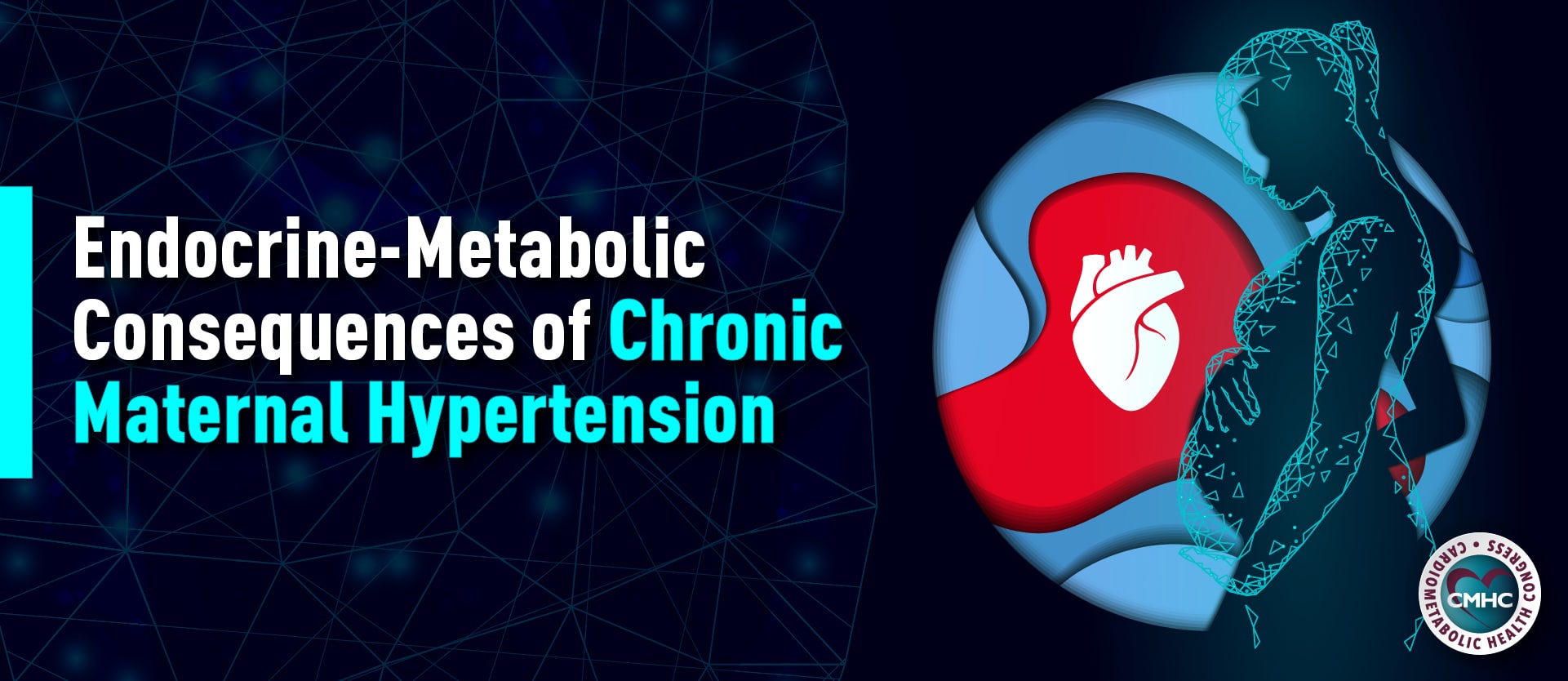For many years, hypertension was defined as a blood pressure reading of 140 over 90 mm Hg or higher. Recently updated guidelines from the American Heart Association, however, now classify a BP of 130 over 80 mm Hg or higher as hypertension. As a result, many patients previously considered healthy—with normal or slightly elevated BP readings—now rank in the hypertension stage 1 category.
The updated guidelines are based on the 2017 Systolic Blood Pressure Intervention Trial, which indicated reduced chances of heart attacks, heart failure, and stroke over a three-year period: when targeting a systolic pressure of 120 mm Hg or lower. VA Boston Healthcare System endocrinologist Dr. Paul Conlin explains the lowered classification in Harvard Men’s Health Watch as a preventive measure to help people address high blood pressure and its correlated problems earlier.
Redefined classification categories and guidelines, new treatment suggestions, and pharmacologic recommendations from the AHA’s report are outlined below:
Updated Classification Categories
Beyond the change in definition, the updated hypertension guidelines have also eliminated the prehypertension category: previously defined as a systolic BP reading of 120 to 139 mm Hg or diastolic reading of between 80 to 89 mm Hg. These readings now fall into the categories of elevated blood pressure or Stage 1 hypertension, while Stage 2 hypertension begins at 140/90 mm Hg. Any reading higher than 140 over 90 is currently classified as hypertensive crisis.
New Treatment Guidelines
The AHA’s updated guidelines outline new treatment recommendations for patients with high blood pressure, including lifestyle changes and pharmacologic care. While the DASH diet is still referenced, the report recommends reducing sodium consumption and increasing potassium intake to lower BP. Patients with kidney disease, or those taking certain medications, should avoid excess potassium. Additional lifestyle changes include incorporating 90 to 150 minutes of aerobic or dynamic resistance training per week, and/or 3 sessions of isometric resistance training. Moreover, patients who consume alcohol should limit their intake to 1-2 drinks daily for men, and 1 daily drink for women.
For patients with normal BP, treatment is comprised of yearly evaluations and a focus on healthy lifestyle choices. It is suggested that patients with elevated BP (previously normal BP) implement lifestyle changes and reassess in 3-6 months. Stage 1 hypertension patients should be evaluated for 10-year risk of heart disease and stroke using the ASVCD calculator. If risk is less than 10%, patients should begin to integrate healthy lifestyle recommendations, with a reassessment in 3-6 months. If the risk is greater than 10%–or the patient has known clinical cardiovascular disease, diabetes mellitus, or chronic kidney disease—he/she should be prescribed a BP-lowering medication, coupled with lifestyle change recommendations. These patients should be reexamined in 1 month to ensure efficacy of the medication until control is achieved. Treatment for Stage 2 hypertension patients is similar, with the addition of another BP-lowering medication of a different class.
Pharmacologic Recommendations
New guideline recommendations focus on more aggressive pharmacological treatment of hypertension patients. While a BP-lowering medication is only recommended for those with an ASCVD risk of 10% or greater at stage 1, stage 2 treatment now includes 2 BP-lowering medications.
The updated guide also features recommendations for at-risk populations with higher morbidity and mortality rates associated with hypertension, such as African-American and Hispanic adults. In order to achieve a BP of less than 130/80 mm Hg in these groups, 2 or more BP-lowering medications are suggested.
Currently, the AHA reports that nearly half of American adults have high blood pressure; nearly half of those cases are uncontrolled. With the implementation of the new blood pressure guidelines, patients will receive treatment at earlier stages of hypertension, thus reducing their risk of heart disease, stroke, and other life-threatening illnesses.


















